博文
传粉昆虫(2)
||
Diversity of Insect Pollinators
Why insect pollinators? You may ask. And it was also the the question I asked myself when I began to think about writing a blog post for the workshop of Communicating Science via Photography. The reasons are obvious. First and foremost, here is the fact, at least one out of every three bites of food we eat today is thanks to insect pollinators. Secondly, you have heard enough from the news that our pollinators are declining. However, when we talk about pollinators, the first thing comes into our mind is honey bee. Although it is true that honey bee is the most common pollinator, there are many other bees and insects pollinating flowering plants. Therefore, this post aims to show the diversity of insect pollinators.
What are the insect pollinators? Many important insect pollinators are in the following orders: Hymenoptera (bees and wasps), Diptera(flies), Lepidoptera (butterflies and moths), and Coleoptera (Beetles).
1. Managed bees such as honey bees (Figure 1) and bumble bees (Figure 2) are the most common insect pollinators.
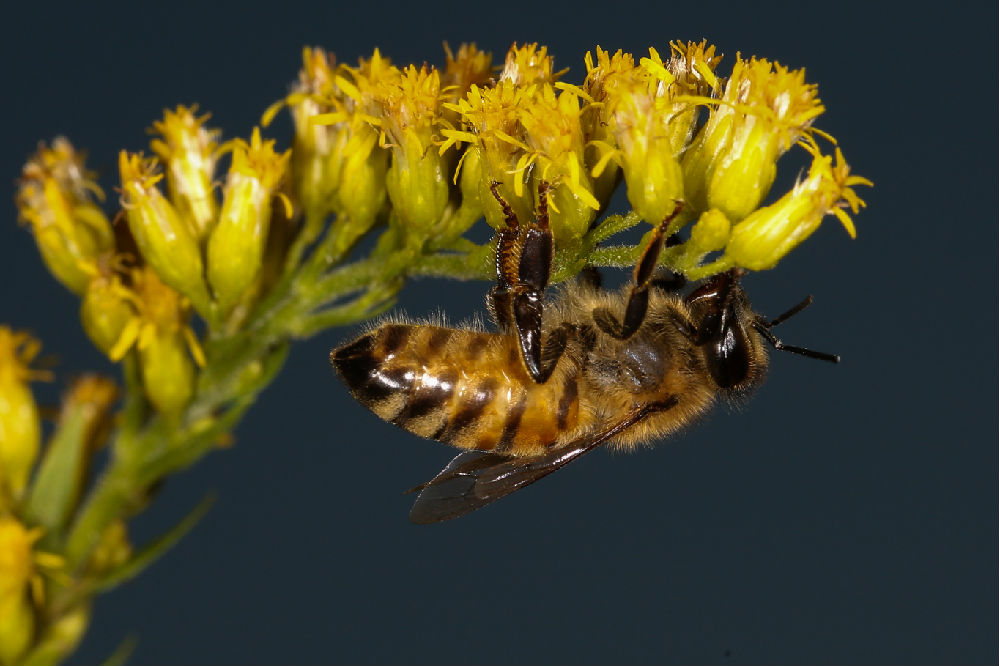
Figure 1 A honey bee foraging on goldenrod flowers. Scientists have just found out that climate change does affect insect pollinators. According to a Purdue University study, rising levels of atmospheric CO2 have reduced proteins in goldenrod pollen, a key late-season food source for North American bees (Ziska et al. 2016).

Figure 2 Five bumblebees are clustering on these milkweed flowers. One of the ways that we can do to save bees or other insect pollinators is to plant insect-pollinator-friendly flowers and flowering herbs in our gardens and yards.
2. Wild bees. More than 4000 species of bees live in the United States and Canada and the majority of them are wild bees,including the following green sweat bee (Figure 3).
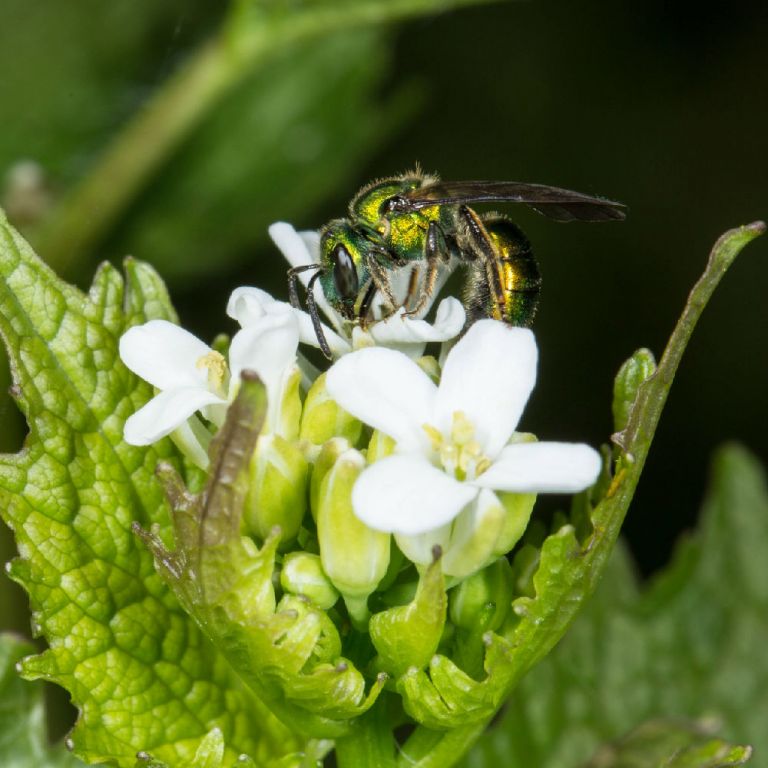
Figure 3 A lovely green sweat bee is foraging on the flowers of garlic mustard.
3. Wasps. Adult solitary wasps usually feed on otheri nsects or spiders, but some of them such as species in the family Sphecidae(Figure 4) may use nectar and pollen for food and therefore pollinate flowers as a result of their feeding.
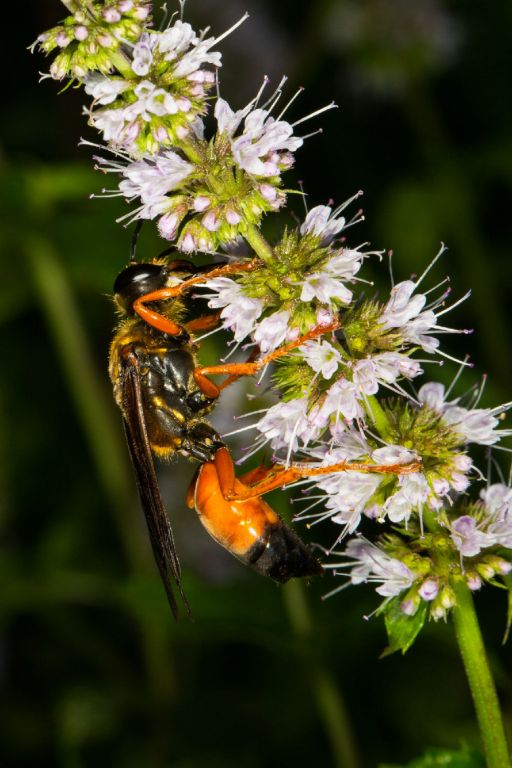
Figure 4 This GreatGolden Digger is a fairly common species found in flower gardens.
4. Flies. The most abundant flower-visiting fliesare found in the family Syrphidae, flower flies (Figure 5).
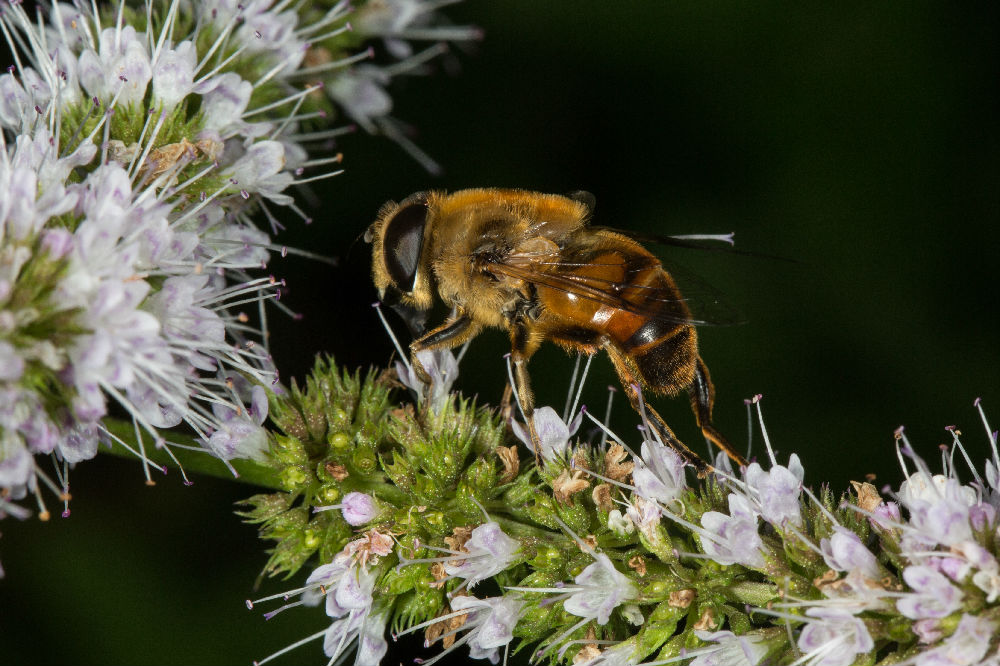
Figure 5 A flowerfly is feeding on nectar at wild flowers.
5. Butterflies and moths. Numerous butterflies(Figure 6) feed on nectar from flowers as adults.
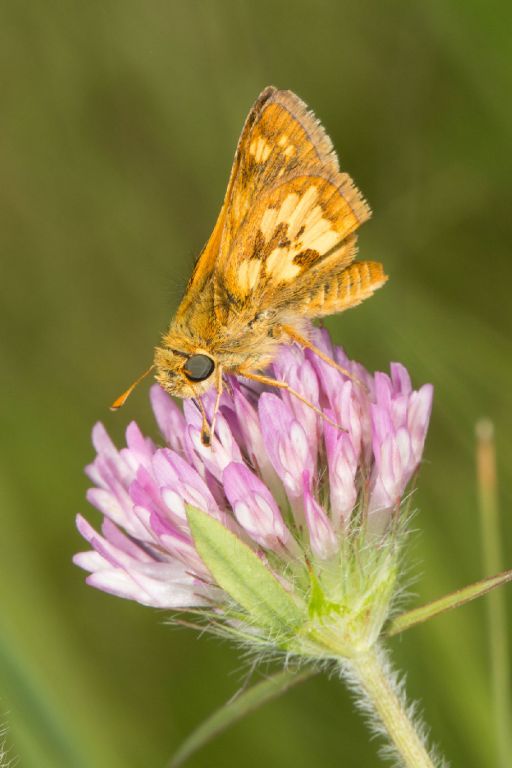
Figure 6 A Peck'sSkipper, Polites peckius, feed on nectar from a Red Clover flower.
Many moth species (Figure 7) are also found visiting flowers as adults.
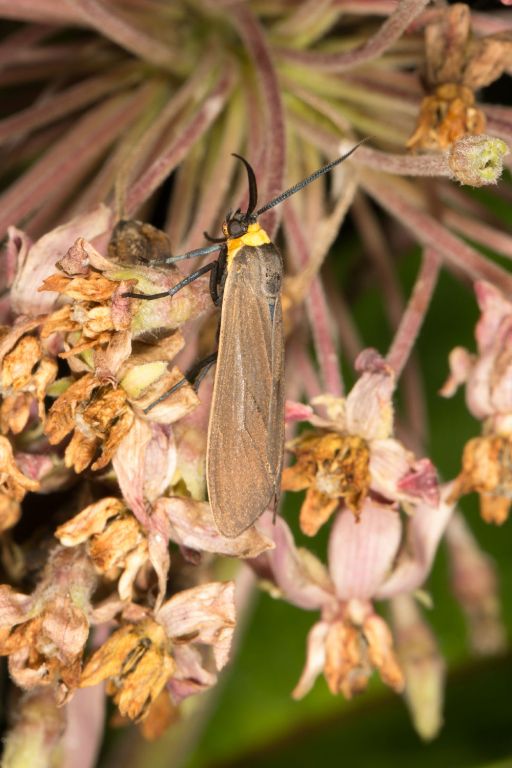
Figure 7 A tigermoth resting on milkweed flowers.
6. Beetles. Beetles may pollinate as they move from flower to flower feeding pollen, nectar or flower parts. Some are even named as flowerbeetles such as the following flower longhorn beetle (Figure 8).
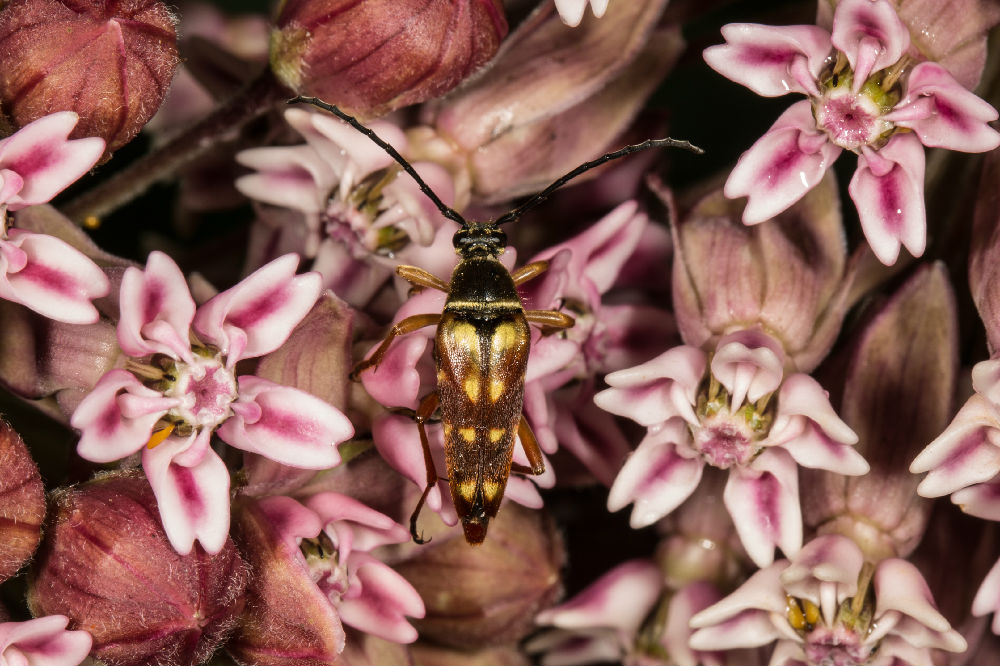
Figure 8 A flower longhorn beetle is munching on pollen of milkweed flowers.
https://blog.sciencenet.cn/blog-361302-974177.html
上一篇:Portfolio photos for Communicating Science via Photography
下一篇:荤素通吃的茧蜂